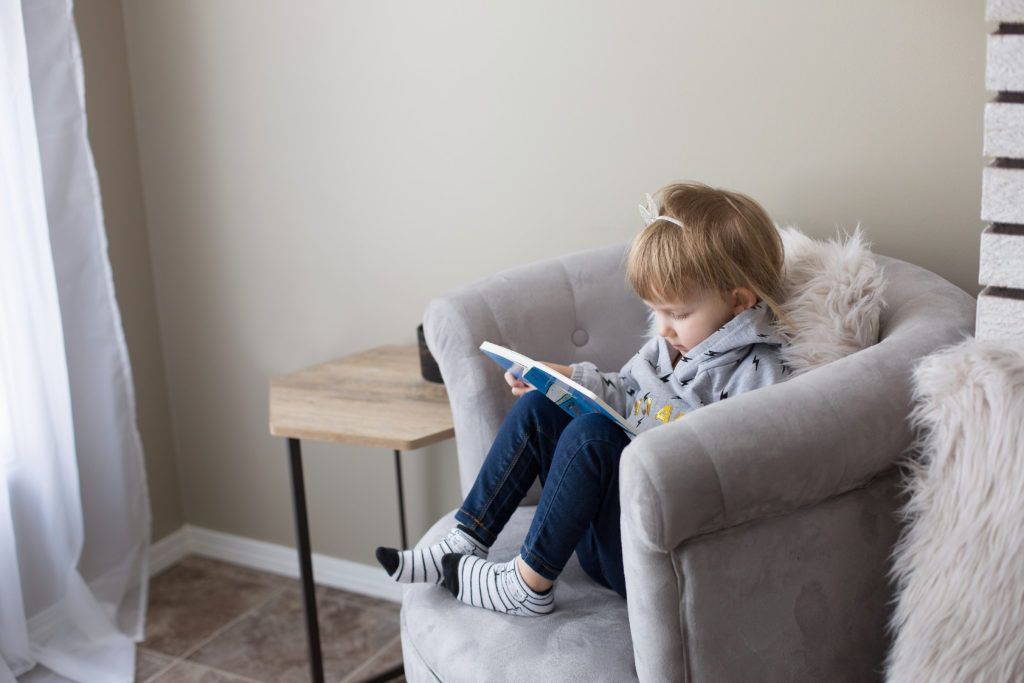A secure environment for kids encompasses both physical and emotional safety. Physical safety involves providing children with a safe and hazard-free space to play and explore. Childproofing homes and public spaces helps prevent accidents and injuries. Furthermore, establishing clear boundaries and supervision guidelines ensures that children are protected from potential dangers. Emotional safety, on the other hand, involves nurturing a nurturing and supportive atmosphere where children feel loved, accepted, and emotionally secure. It requires providing a safe space for children to express their feelings, fears, and concerns without fear of judgment or criticism.
One essential aspect of ensuring a secure environment for kids is maintaining open and effective communication with them. Encouraging children to communicate openly about their experiences, feelings, and worries fosters a sense of trust and openness. When children feel that they can share their thoughts and concerns, they are more likely to seek help when faced with challenging situations, leading to timely interventions and support.
Creating a secure environment for kids also involves implementing age-appropriate rules and guidelines. Establishing consistent and reasonable rules teaches children about boundaries and helps them develop a sense of responsibility. It is essential to communicate the rationale behind the rules to children, helping them understand the importance of safety and personal well-being.
Safe and age-appropriate toys and equipment are integral to a secure environment for kids. Ensuring that toys are free from small parts that pose choking hazards, sharp edges, or toxic materials is crucial. Regularly inspecting toys for signs of wear and tear and replacing damaged items promptly helps maintain a safe play environment for children.
Supervision is a critical aspect of ensuring children’s safety. Caregivers, parents, and educators must maintain constant vigilance, particularly in situations where children are engaged in potentially risky activities, such as swimming, cooking, or playing outdoors. Adequate supervision reduces the likelihood of accidents and provides children with the confidence to explore their surroundings while feeling supported and protected.
A secure environment for kids also includes measures to safeguard their digital well-being. In the digital age, it is essential to educate children about online safety and responsible internet use. Setting parental controls, monitoring online activities, and discussing potential risks associated with online platforms help protect children from online threats.
Educational institutions play a crucial role in ensuring a secure environment for kids. Schools must have robust safety protocols in place, including emergency response plans and measures to prevent bullying and violence. Providing a supportive and inclusive learning environment fosters children’s emotional well-being and overall development.
Inclusive practices that promote diversity and respect for all children are essential for a secure environment. Encouraging acceptance and understanding of differences among children helps prevent discrimination and bullying, creating an atmosphere of trust and cooperation.
Implementing child protection policies and background checks for adults working with children is essential in creating a secure environment. These measures help identify potential risks and ensure that adults responsible for children’s well-being are qualified and trustworthy.
Regular safety drills and training sessions are vital for preparing children and adults for potential emergencies. Conducting fire drills, evacuation drills, and safety workshops can significantly improve responses in crisis situations.
Involving children in age-appropriate safety discussions and activities empowers them to take an active role in their own security. Teaching children about personal safety, self-defense, and emergency procedures instills a sense of confidence and empowerment.
A secure environment for kids also involves safeguarding their mental and emotional well-being. Addressing issues related to bullying, peer pressure, and stress helps children develop resilience and emotional intelligence.
Parental involvement and support are pivotal in ensuring a secure environment for kids. Engaged parents who take an active interest in their children’s lives can better identify potential risks and provide timely guidance and support.
Lastly, having well-equipped emergency preparedness kits on hand can be crucial in case of accidents, natural disasters, or medical emergencies. These kits may contain first aid supplies, emergency contact information, flashlights, and other essential items. Fostering a sense of community and interconnectedness can contribute to a secure environment for kids. A supportive network of neighbors, friends, and community members can collectively work to create safe spaces for children to learn and grow.



